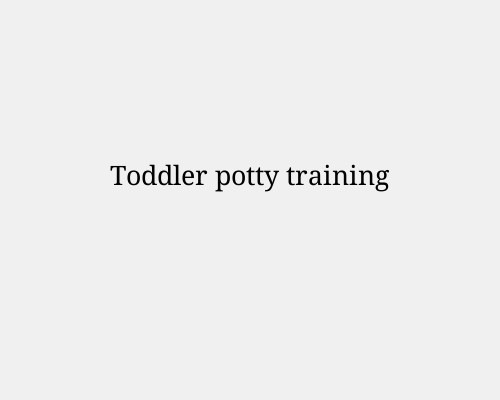
Here’s a practical, parent-tested guide to make potty training smoother and less stressful – for both you and your toddler.
Know the signs they’re ready
Potty training works best when your toddler shows readiness cues, such as:
Staying dry for 2+ hours at a time
Showing interest in the toilet or potty chair
Telling you (verbally or through gestures) when they’ve gone
Disliking dirty diapers
Being able to pull pants up/down
Set up for success
Pick the right potty – some kids like a small floor potty, others prefer a seat insert for the regular toilet.
Dress for quick access – avoid overalls, belts, or complicated snaps.
Potty in sight – keep it in the bathroom (or nearby during early days).
Use positive routines
Start with sitting practice – even fully clothed, to get comfortable.
Regular potty breaks – every 2 hours, and after meals, naps, or waking up.
Read potty-themed books or sing songs while sitting to keep it positive.
Encourage, don’t pressure
Praise efforts, not just results (“You tried to go! Good job!”).
Avoid punishment or shame for accidents—they’re normal.
Use rewards wisely – stickers, a fun dance, or verbal high-fives can motivate some kids.
Handle accidents gracefully
Have wipes and extra clothes handy.
Simply say, “Oops, accidents happen, let’s try again next time.”
Stay calm so your child doesn’t associate potty training with stress.
Night-time Training Comes Later
Many children stay in pull-ups at night for months (or even years) after daytime training.
Wait for consistently dry mornings before going diaper-free overnight.
✅ Quick tip: Consistency is your best friend—switching back and forth between diapers and underwear during the day can confuse them.